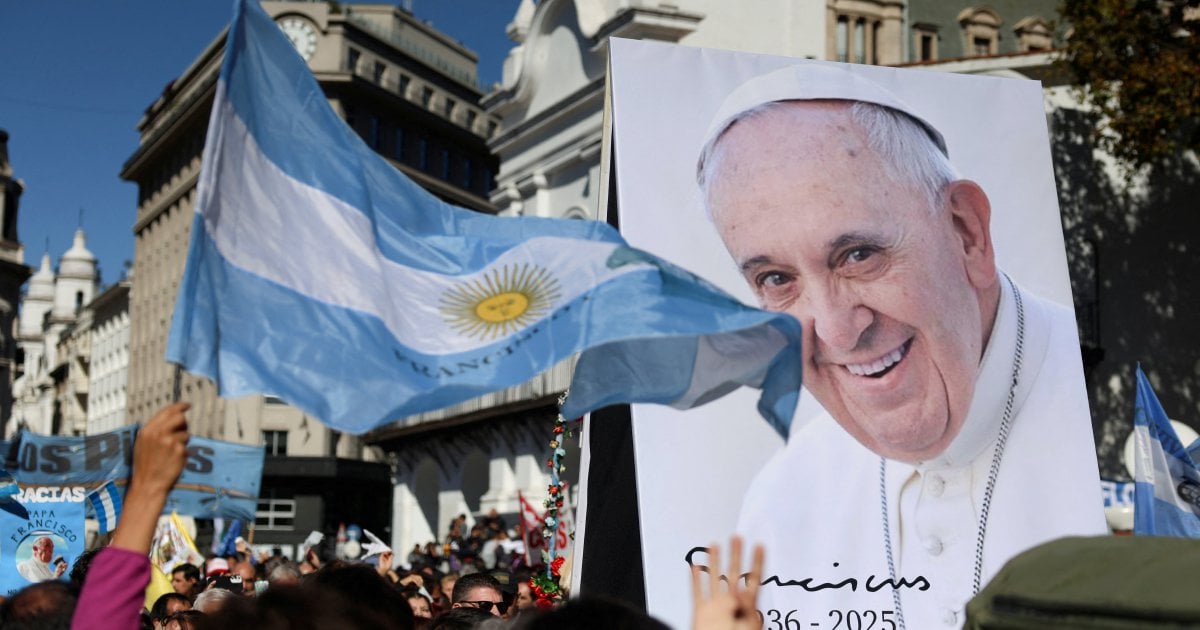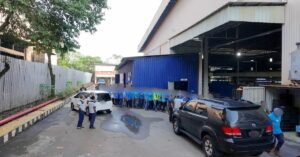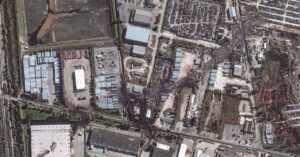BY the time you read this, Jorge Bergoglio, the first pope to choose the name Francis, would have been buried.
Coming from the Society of Jesus, commonly called the Jesuit Order, one would have thought the name was chosen in honour of St Francis Xavier, one of its founding members (and, coincidentally, a saint who had visited the Malay peninsula centuries ago).
However, the name was chosen in honour of St Francis of Assisi.
According to some reports, Pope Francis — the first Latin American pope, from Argentina — was a “divisive” figure during his 12 years as the leader of the Roman Catholic Church.
But, was he really divisive? Not any more than any other person, especially one in a position of leadership.
Francis set about renewing the church, making some changes to the way things were done. In doing so, he earned himself some critics. Conservatives branded him too liberal.
On the other hand, Francis’ changes were deemed not good enough by the liberals, who demanded more. They branded him too conservative.
Either way, the pope “lost”. No matter what he did. After all, one cannot please everyone.
Pope Francis, however, did not take things to heart. He did things his way and continued to do so, encouraged by the love and support of the vast majority of the church.
He led by example. At a penitential service organised to encourage Catholics to return to Confession or Reconciliation — a vital sacrament in the Catholic Church — Francis was being escorted to his seat when he broke away, went to another priest, and made his Confession.
And, like his namesake, he was a simple and humble man. Francis the saint was a man of peace, a man of poverty, a man who loved and protected creation. So was Francis the pope.
He eschewed the Apostolic Palace, choosing instead to live in the Vatican guesthouse. He often rode to papal events in an old little Fiat that belonged to him instead of the big luxury vehicle owned by the Vatican.
This was a man who not only was the first Latin American pope, but the first from the Americas and the first Jesuit to rise to the highest position in the Catholic Church. Yet, he lived as simply as he could.
Like the saint he revered, he also had a love of all God’s creations, many times advocating for the environment particularly. He dedicated his second encyclical letter, titled “Laudato si” (Latin for “Praised be”), to the climate crisis the world is going through.
Above all, this was a man who loved peace, just as Francis of Assisi did in the 13th century. The pope prayed and hoped for it and always made this known to the world and its leaders.
Francis died on the Monday immediately following Easter, the most important day in the Catholic calendar.
He was still recovering from a bout of pneumonia that had nearly killed him.
Despite this, the pope made an appearance at St Peter’s Square and granted a private audience to United States Vice-President J.D. Vance.
He was too weak, however, to celebrate mass, entrusting someone else to deliver his sermon.
Parts of his sermon focused — yet again — on peace, from Gaza (of which he was a great advocate) to Ukraine and other parts of the world that are seeing conflict.
Pope Francis’ last will, perhaps, was a testament that speaks to the humility of the man.
His will speaks only about the arrangements for his burial.
Instead of being buried beneath St Peter’s Basilica in three different coffins, one placed in another, Francis will be placed in a single coffin made of wood and lined in zinc.
His remains will then be buried in the Santa Maria Maggiore Basilica outside the walls of the Vatican.
This is because Francis was devoted to Mary, the mother of Jesus, and often prayed at the basilica before and after his overseas trips.
His grave will be simply marked with his name — Franciscus. There will be no indication that this was a pope, the leader of 1.4 billion people.
The Catholic Church has lost a humble and pious leader. The world has lost a remarkable leader.
The writer is NST news editor.
© New Straits Times Press (M) Bhd






